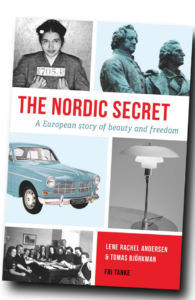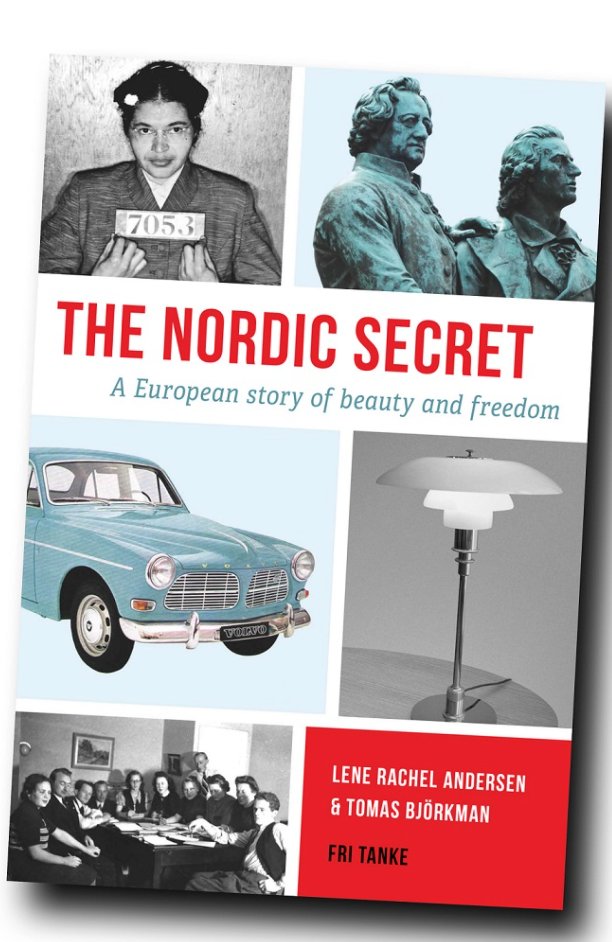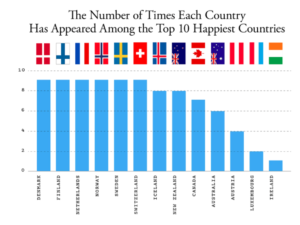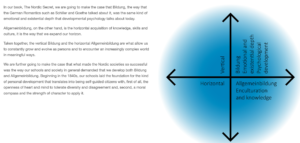I came to this book through an OECD conference, where one of the participants had mentioned Bildung (German for “forming”) as the heart of what education can and should be. This book is an odyssey through foundational educational thought and evolution that have led to an educational philosophy that began in Germany, and made its way to Denmark and Norway, and most recently (i.e. in the last 50 years) to Finland. This is the Nordic Secret.
You would be interested in this read if you wanted to:
(1) Know about this history of education: this book gives a really interesting, high-level history lesson on the foundational thinkers of education;
(2) Understand with the state of education today: looking at how education has, is and can serve to improve society;
(3) Think about ways to integrate bildung into the craft and even the structures of education in which you find yourself.
Recently, many of us have read about Finland’s education system, and wondered at the way they revere education and teachers. They have ranked the highest and most frequently on the Happiness Rankings.
SIDE NOTE: a great article about this Ranking and its usefulness is by Joe Pinsker of The Atlantic: We’re Learning the Wrong Lessons From the World’s Happiest Countries
Any Canadian will be happy to know that we are in a similar orbit when it comes to looking at Happiness, Competitiveness, Values and Human Capital; but how did we all get here. The answer is as complex and nuanced as the history of education itself. It challenges us, as educators to consider what we hold as the purpose of education; or, as Guy Claxton would name it: “The Desired Outcomes of Education” (DOE).
Reading their website – which I highly recommend before diving into the book, the authors write:
The story about the modern Nordics is the story about how some small, very religious, dirt-poor, and, in reality, totalitarian countries developed into affluent democracies with huge freedoms and stable economies. We did it through education, culture, conversation, and personal psychological development, and we did it because some young people had dreams and hopes of a better future for the entire society. It is the story about intellectuals, pastors, pedagogues, peasants, and workers who changed the way we think, and about people from all layers of society who volunteered and took upon themselves responsibility for self and others.
Our purpose with this project, The Nordic Secret, is not to promote the Nordic countries nor to indulge ourselves in our countries’ successes, but to explore, share and promote the secret ingredient while using the Nordics as a case study.
In many ways, they inspire the reader to situate education amongst the major challenges of our time, and provoke us to think about how to engage our youth and generations to come with these challenges through education.
The book is not just rooted in educational history, but also the history and study of neuroscience. For anyone who has read my blog in the past, you will know that I firmly believe in the positive contribution of brain-based theories to educational thought.
The authors apply neuropsychology is a very practical, accessible way, and use it provoke us to thinking beyond grade and results, to the purpose of education (DOE). Their language helps to bring together the idea of forming (aka bildung) with brain development, and they write:
We know that by using the word self-transcending it may sound religious or like new-age mumbo-jumbo to many, but developmental psychology as well as Bildung is very pragmatic, down to earth and hands on…
This is a book that requires some time and dedication, but it is well worth it. It has made me think about teaching from the classroom outwards, focussing on making our students “roomier”, that is: growing their ability to hold complex ideas without jumping to conclusions and answers; the stamina to resist transactional engagement with learning; and, to inspire curiosity as the foundation for learning at ages.


